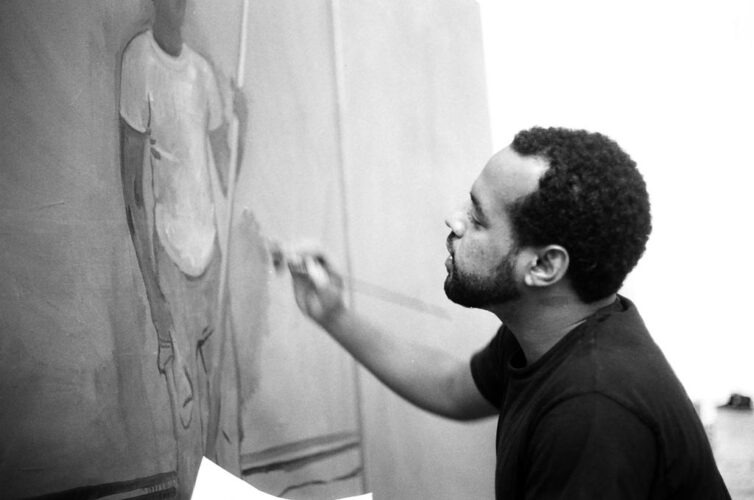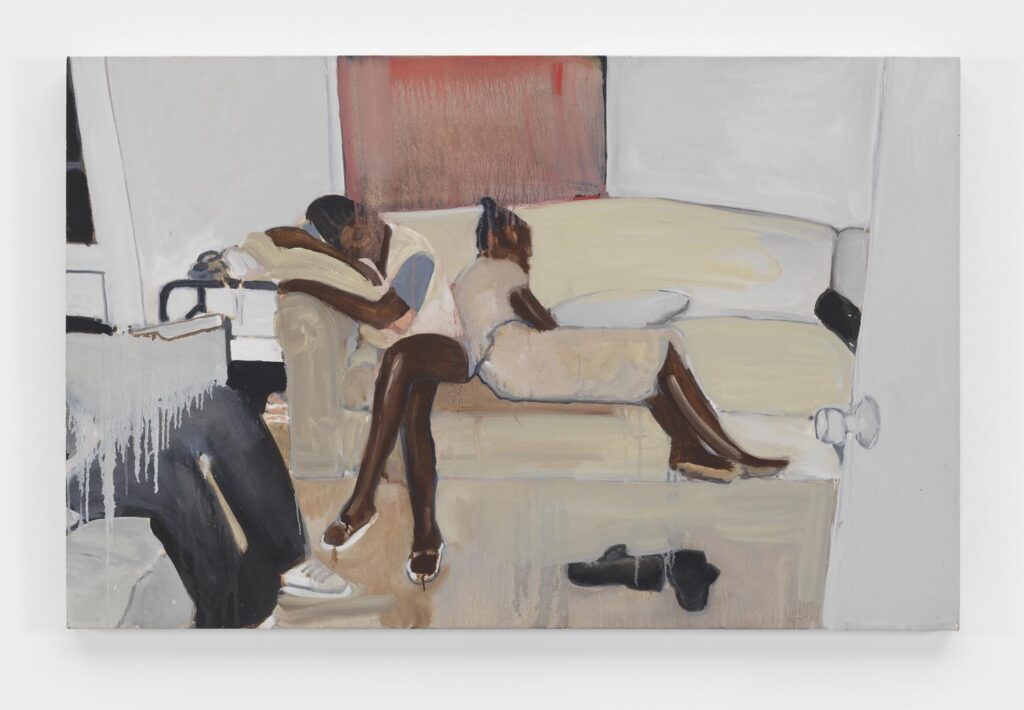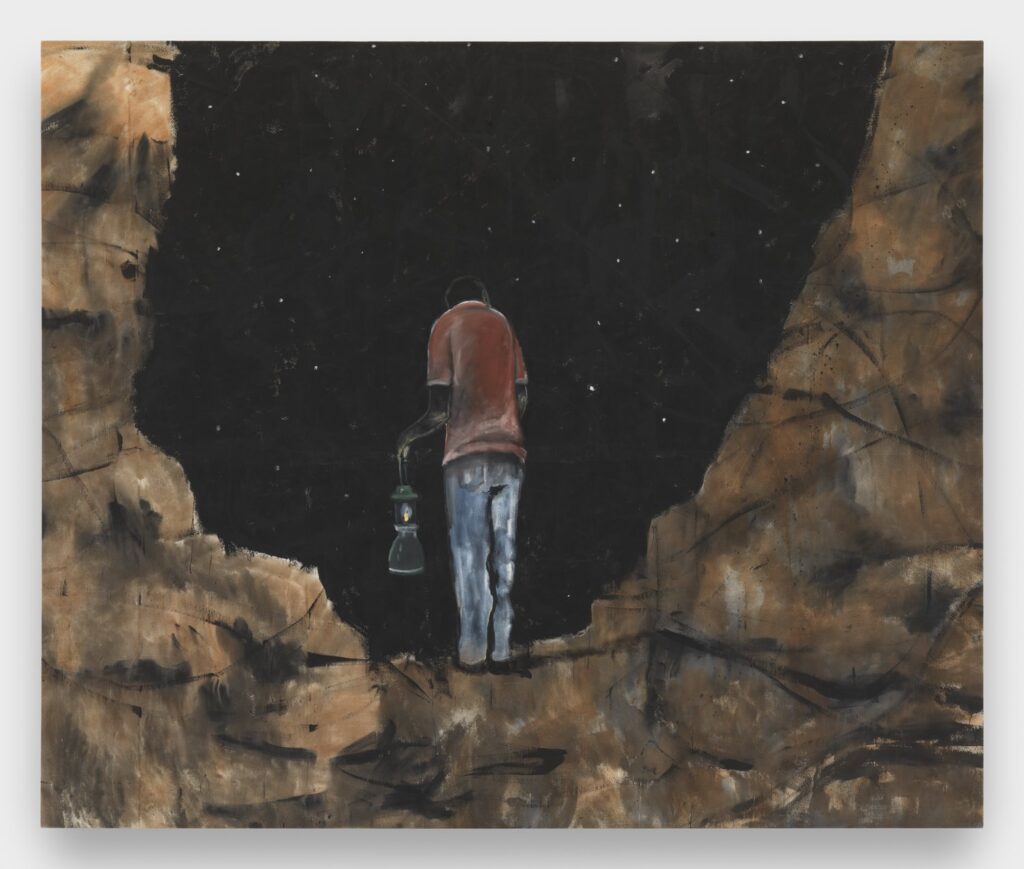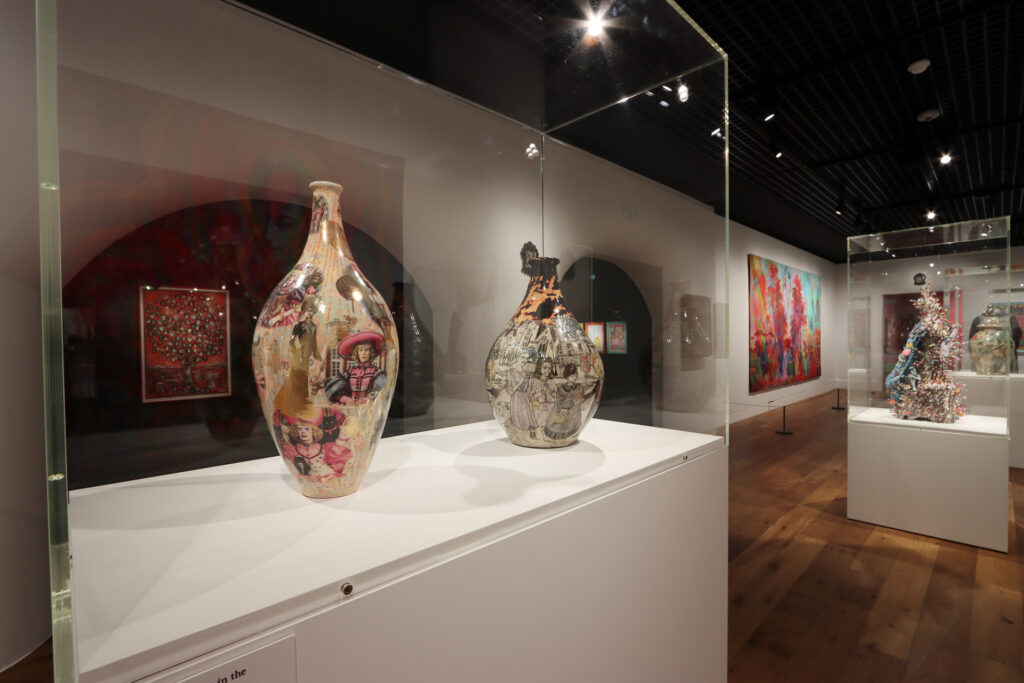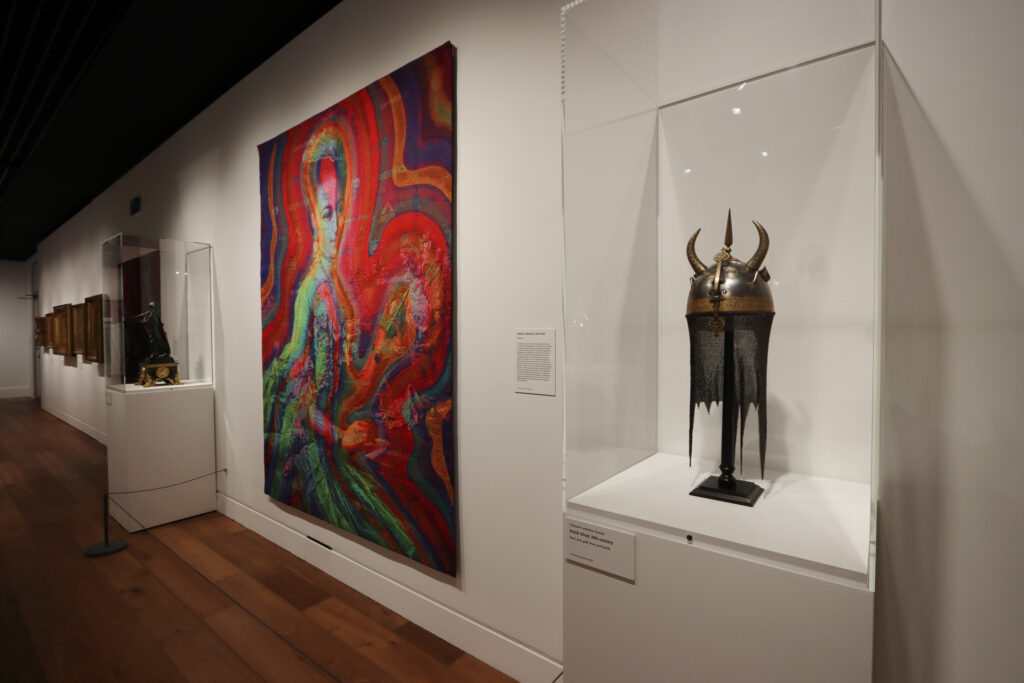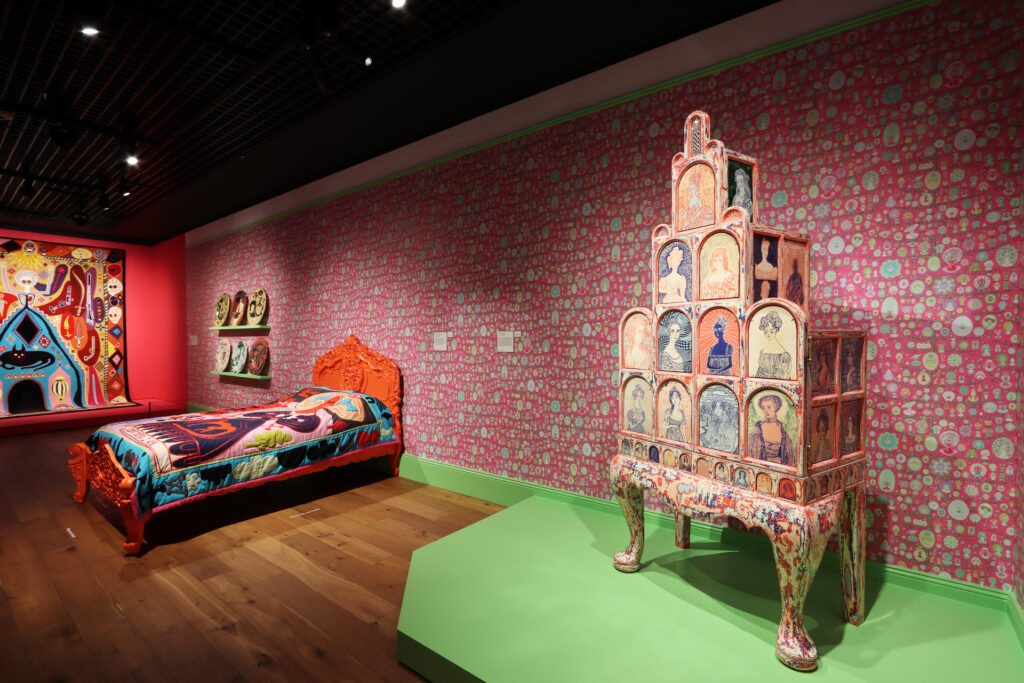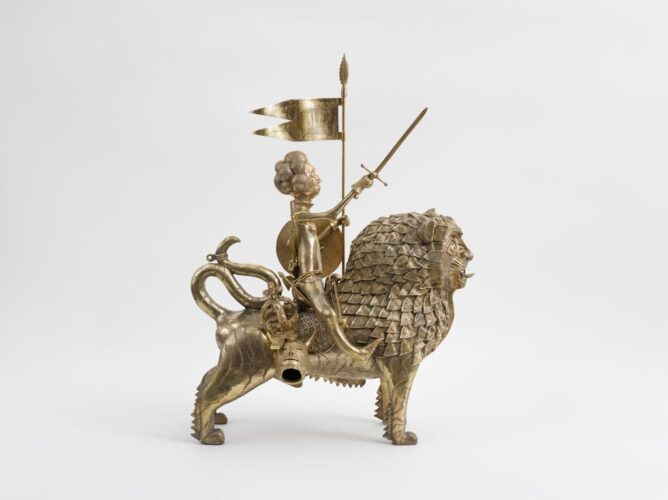The Barbican’s retrospective of Noah Davis marks the first UK showcase of the late American artist’s work—and what a triumphant debut it is. Davis, who tragically passed away at the age of 32, managed to leave an indelible mark on the contemporary art world in his short career. Painter, installation artist, and visionary, Davis once said he felt “a great sense of responsibility to represent the people around me.” His art reflects that mission—deeply personal, profoundly human, and unapologetically magical.
The exhibition spans nearly the entirety of Davis’s output, revealing a body of work that is at once playful and powerful. From luminous abstractions to hyperreal depictions of African American life, Davis refused to be boxed in. His paintings capture fleeting moments with dreamlike beauty: children splashing in a communal pool, sisters lounging together, a young Black man riding a unicorn. These are not mere scenes—they are visual poems imbued with dignity, tenderness, and wonder.
Perhaps most poignant is Davis’s reimagining of an urban housing estate—originally built for returning veterans after World War II but later left to decline. In Davis’s vision, it becomes a stage for joy and elegance, where ballerinas dance outside crumbling doors. It’s a powerful metaphor for hope reclaimed.
Beyond the canvas, Davis co-founded the Underground Museum in a working-class African American and Latino neighborhood in Los Angeles. Initially unable to secure loans from major institutions, he and his wife began by exhibiting everyday objects, a nod to Marcel Duchamp. Eventually, the museum gained recognition and became a cherished local hub—complete with a garden of purple flowers in homage to Prince. Though his life was short, Davis’s impact was vast. His art lingers as both tribute and triumph.


